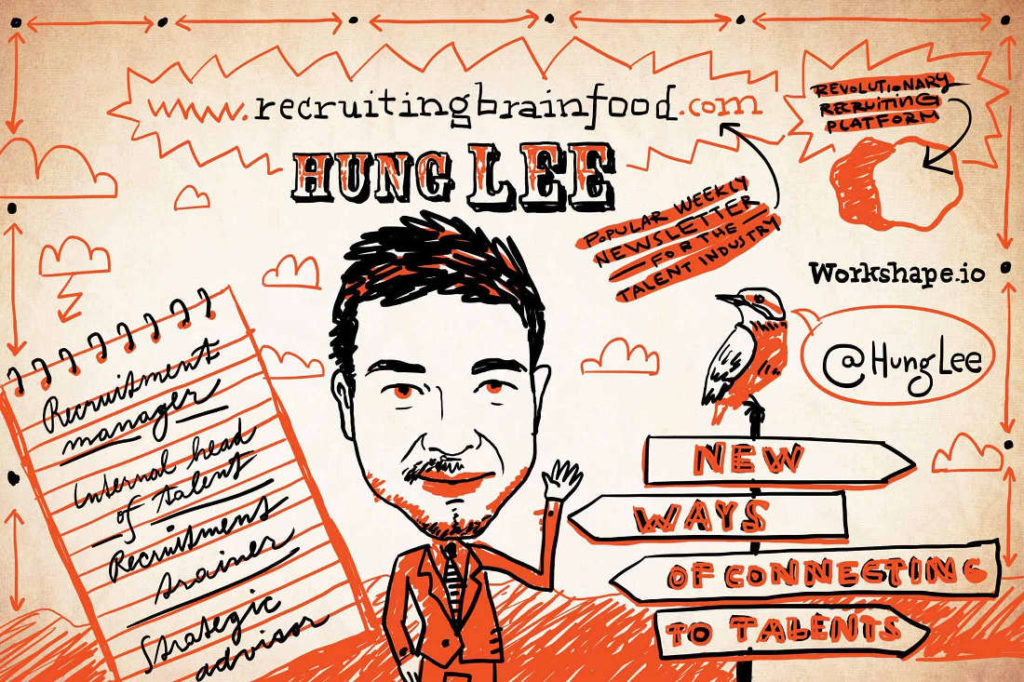
Cubicle farms had largely given way to open plan layouts with modern features even before the coronavirus flipped the corporate world on its head, but the pandemic-triggered waves of digital transformation and health concerns accelerated the evolution of workspaces at an unheard-of pace.
Touchless fixtures, sanitation stations, tech solutions, and de-densification are fast altering the look of offices, but there are trends beyond redesigning physical spaces that are shaping the trajectory of the prevailing return-to-work hybrid model.
Hung Lee, a UK-based recruitment industry professional, believes remote and flexible working arrangements are creating a “generational and gender split” in hybrid workplaces with tangible, unintended impacts that could result in new dynamics and surprising statistics down the road.
Generational divide
The generational divide in hybrid environments, according to him, will be a byproduct of veteran workers being more drawn to the benefits of remote work than young, early entry talent.
“The shift to remote has been really good for successful, experienced workers because they have already built a strong network and social capital within their industry, are fully trusted, and have enough money to control their work environment, meaning that they own a property,” Lee, curator, editor, and community builder at leading industry newsletter Recruiting Brainfood, told 150sec.
However, he says remote work may not be the ideal situation for younger workers who have recently joined a company, are in the early stages of their career, are sharing a flat with others, or have moved to a new city.
“How does that look when you actually have no office to go to? That suddenly means you can’t build a network easily,” he noted, adding individuals in such a situation may even get the impression that their work has been “completely commoditized”.
The reason, as he explains, is that the intangible aspects of their work and the extra mile they go may be left out of sight and unappreciated.
“If you’re working remotely, your employer may no longer see that you’re giving advice to your colleague. The focus is only on the measurable output you’re producing, and that’s no good for fledgling workers,” added Lee, who is also the co-founder and CEO of award-winning online recruitment platform Workshape.io.
He argues that all these factors will lead to the emergence of hybrid workplaces dominated by young people and the moving out of seasoned workers whose presence in the office is not essential.
All opinions and preferences should be respected but the point is that companies need to be conscious that their decisions “will have downstream impacts and will produce outcomes that may not initially look better.”
.
Hung Lee, curator, editor, and community builder at Recruiting Brainfood
Gender Split
Another scenario that Lee says is unfolding across the office space landscape is that female employees will be greatly outnumbered by men given women’s disproportionate share of family responsibilities, which makes the advantages of part-time or remote work—including less time commuting and a more flexible schedule—extremely appealing to them.
For instance, studies show flexible working legislation in the Netherlands—despite its “progressive nature”—have led to a very low labor force participation rate for women as most of them choose to work part-time when given the option, he explained.
The editor of Recruiting Brainfood believes women’s diluted presence in the office would mean they will lag behind even further in key career metrics like leadership representation, leading to a “skewed, gendered” division of labor.
Now what may come to mind is: Are the ongoing generational and gender-related developments positive or negative?
Lee says the question is “irrelevant” because good or bad is just a matter of perception.
“Something can be both positive and negative at the same time for different groups of people. It can even be positive and negative in different ways for the same person.”
In his view, all opinions and preferences should be respected but the point is that companies need to be conscious that their decisions “will have downstream impacts and will produce outcomes that may not initially look better.”
Clear identity
As remote work evolves into hybrid work and employees trickle back into offices, Lee advises companies to beware of the trap of offering “super flexible” work arrangements as it may negatively affect their image.
Businesses need to be clear in how they present their options to workers and should express explicitly whether they are a remote-first company or want employees to primarily work on-site, he said.
“Those who say they’re ‘super flexible’ are the ones that are going to fall through the gaps because it’s not a real thing and is going to make it very difficult for companies to have a clear identity,” Lee noted, adding executives are facing many tough decisions that could bring huge rewards if discretion is exercised.





